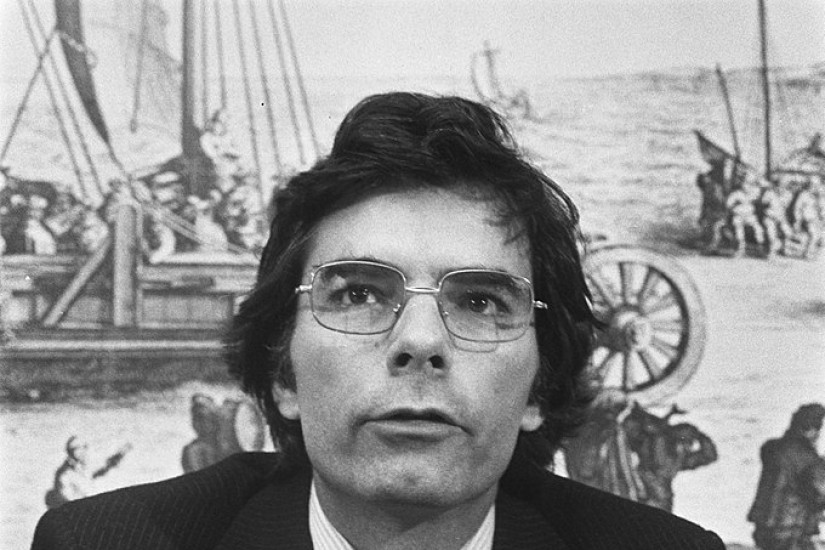Like Assange, Agee claimed First Amendment protections while disseminating classified information. He and his associates made no effort to hide their dedication to destroying American intelligence agencies’ ability to spy on or disrupt adversaries. Agee was seen by many Americans as a threat to national security, yet there was widespread fear that any attempt to stop him—and especially his associates who had never held government jobs—from publishing secrets would erode the independence of the press. He was accused of having close ties to foreign intelligence services. And just as Assange and WikiLeaks have conspicuously failed to target the abuses of Russia’s intelligence services, Agee and CovertAction ignored atrocities and human rights violations committed by communist governments.
Agee’s book, Inside the Company: CIA Diary, published in 1975, revealed details of CIA covert operations in Latin America, including the identities of 250 of its undercover officers and the names of individuals they had recruited as informants. While Agee lived in self-imposed exile starting in 1978, he inspired and helped a small group of like-minded activists to publish CovertAction from an office in downtown Washington’s National Press Building.
An article in the inaugural issue of CovertAction called the CIA the “Gestapo and SS of our time” and asserted that “exposure of its secret operations—and secret operatives—remains the most effective way to reduce the suffering they cause.” The magazine proposed a “novel form of international cooperation” in which opponents of the CIA would scour lists of Americans working as diplomats or on aid projects, identify likely CIA operatives based on telltale signs described by Agee, and send the information to CovertAction. The magazine promised to check the research and publish all the information it could confirm. It made clear its goals: destruction of the CIA and, ultimately, the installation of a pro-Soviet, communist government in Washington. From the start, it urged readers to collaborate in the struggle against the CIA, “together with the struggle for socialism in the United States itself.”
In the pages of CovertAction and several books co-written by its staff members, the covers of more than 2,000 undercover CIA officers were blown, and numerous agency operations around the world were exposed. The disclosures dealt a “body blow” to the agency, according to an article published in 1975 in Studies in Intelligence, a magazine published by the CIA for intelligence professionals.
